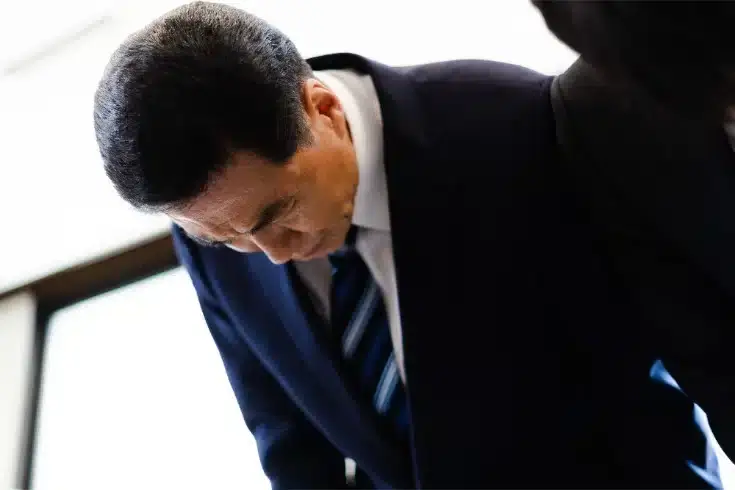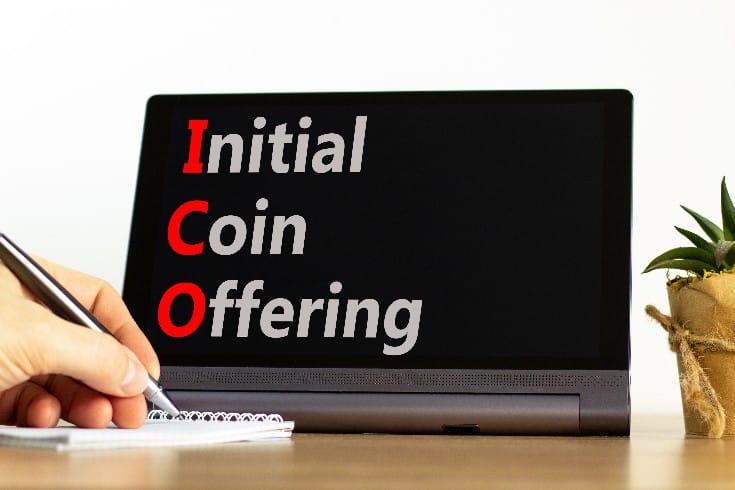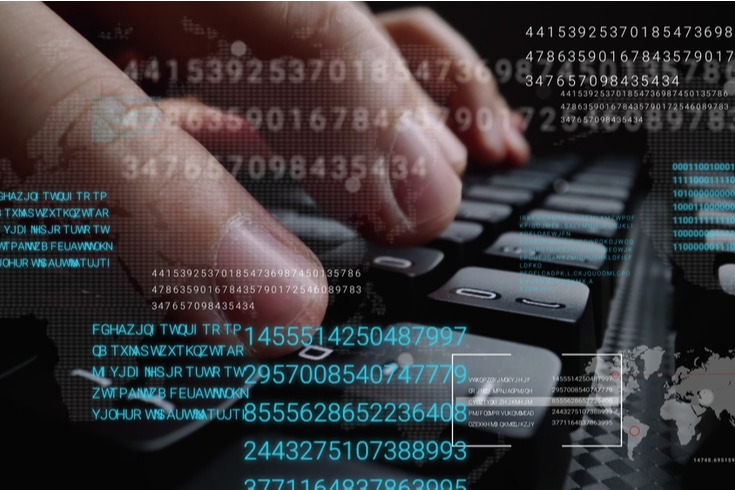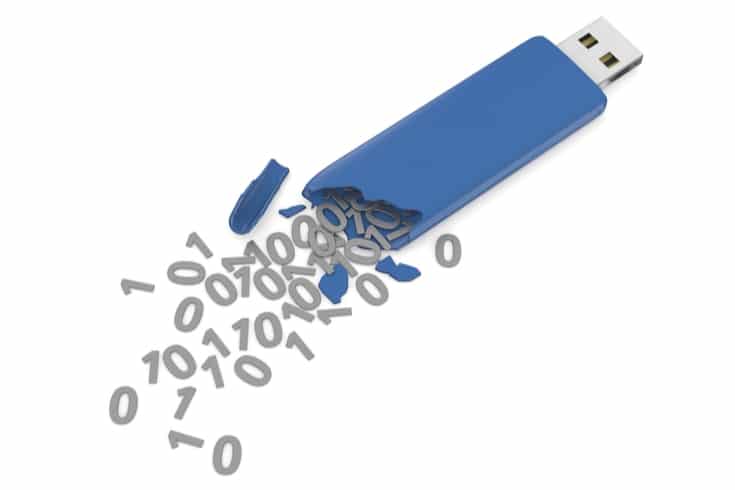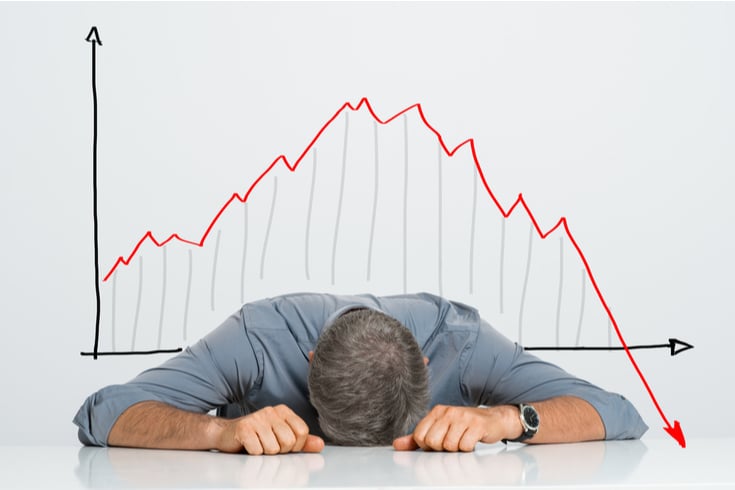What are the Risks of Intellectual Property Rights Infringement such as Patents, Trademarks, Copyrights, and their Countermeasures?
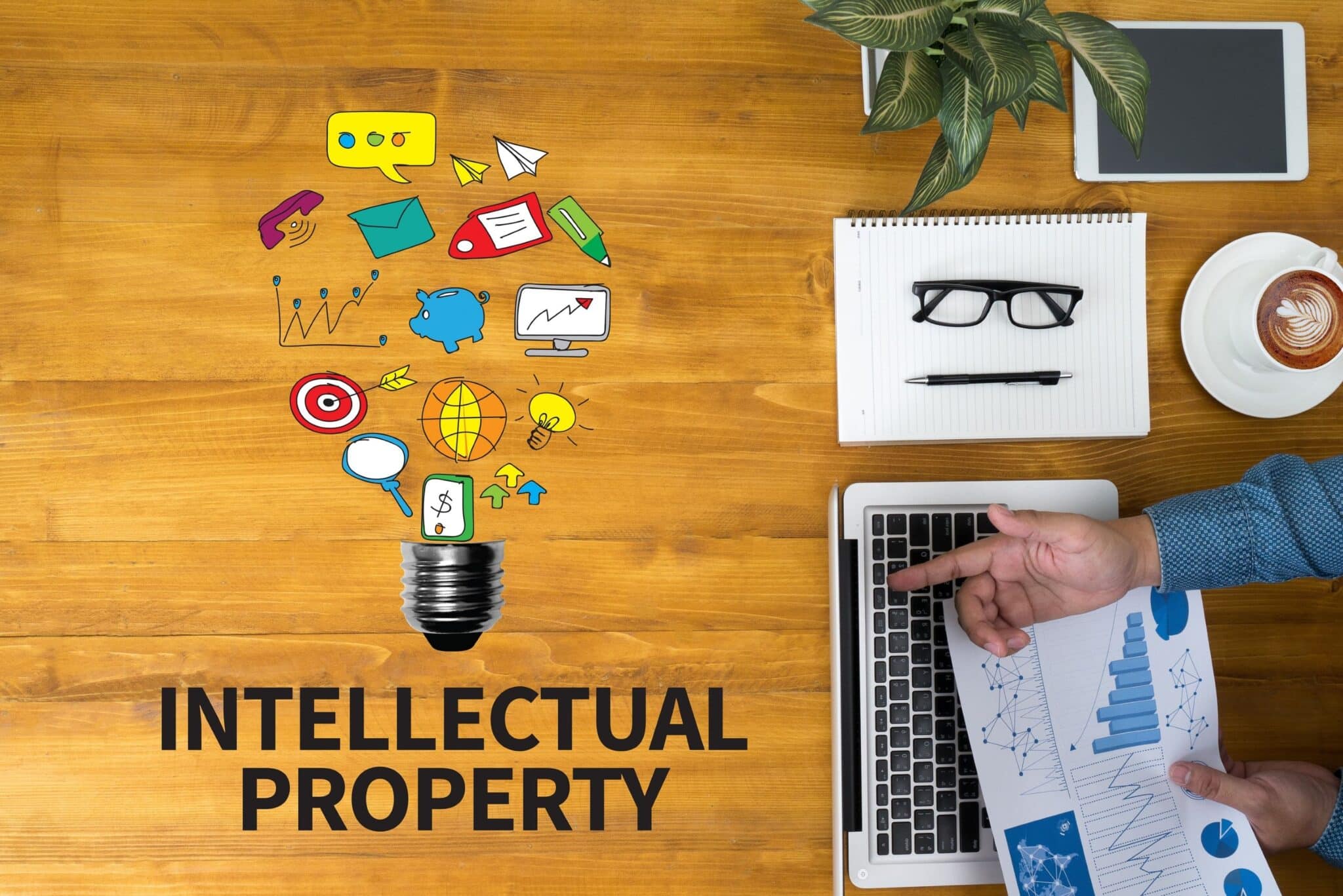
The risk of intellectual property rights infringement is a significant issue for all business owners. To avoid or mitigate these risks, it is essential to have a correct understanding of intellectual property rights and the risks associated with intellectual property rights infringement.
What is Intellectual Property Rights?
The Japanese Intellectual Property Basic Act defines intellectual property and intellectual property rights in Article 2.
Japanese Intellectual Property Basic Act
Article 2 In this Act, “intellectual property” refers to inventions, ideas, new plant varieties, designs, works, and other creations produced by human creative activities (including natural laws or phenomena that have been discovered or elucidated and have industrial applicability), trademarks, trade names, and other goods or services used in business activities, and trade secrets and other technical or business information useful in business activities.
2 In this Act, “intellectual property rights” refers to patent rights, utility model rights, breeder’s rights, design rights, copyright, trademark rights, and other rights or interests protected by law related to intellectual property.
One of the main personalityistics of intellectual property is that it is information with property value, different from “things”. However, because information can be easily imitated and does not get consumed when used, many people can use it simultaneously and repeatedly. Therefore, the intellectual property rights system can be seen as a system that restricts the freedom to use information in order to protect the rights of the creators.
Types of Intellectual Property Rights

Intellectual property rights can be broadly divided into “rights concerning intellectual creations”, such as patents, utility model rights, design rights, and copyrights, which aim to promote creative desire, and “rights concerning business identifiers”, such as trademarks and trade names, which aim to maintain the credibility of the user.
Furthermore, patent rights, utility model rights, design rights, trademark rights, and breeder’s rights are referred to as “absolute monopoly rights” that can exclusively control those with the same objective content. On the other hand, copyrights, circuit layout rights, trade names, and benefits under the Unfair Competition Prevention Act are referred to as “relative monopoly rights” that do not extend to those independently created by others.
Rights Concerning Intellectual Creations
The rights concerning intellectual creations among intellectual property rights include the following. The purpose is to protect rights to promote development, so if continuing to protect them hinders new research and development, it would be putting the cart before the horse. Therefore, they are protected for a certain period as the right to use (implement) exclusively.
- Patent rights (Japanese Patent Act): Protecting “inventions” → 20 years from application (25 years in some cases)
- Utility model rights (Japanese Utility Model Act): Protecting the idea of the shape of goods → 10 years from application
- Design rights (Japanese Design Act): Protecting the design of goods → 20 years from registration
- Copyrights (Japanese Copyright Act): Protecting intellectual works → 70 years after death (70 years after publication for corporations, 70 years after publication for films)
- Circuit layout rights (Japanese Act on Circuit Layout of Semiconductor Integrated Circuits): Protecting the use of the circuit layout of semiconductor integrated circuits → 10 years from registration
- Breeder’s rights (Japanese Plant Variety Protection and Seed Act): Protecting new varieties of plants → 25 years from registration (30 years for trees)
- Trade secrets (Japanese Unfair Competition Prevention Act): Regulating unfair competitive acts such as stealing know-how and customer lists
Rights Concerning Business Identifiers
The rights concerning business identifiers among intellectual property rights include the following. Again, they are protected for a certain period as the right to use (implement) exclusively. However, as for trademark rights, they can be said to be the very image of a brand, a company, or an organization, so they cannot simply change owners. Therefore, an exception is recognized where they can be held permanently by renewing them.
- Trademark rights (Japanese Trademark Act): Protecting marks used for goods and services → 10 years from registration (renewable)
- Trade names (Japanese Commercial Code): Protecting trade names
- Product indications (Japanese Unfair Competition Prevention Act)
Infringement of Intellectual Property Rights
Many people may think that it has “nothing to do with me (my company)”, but unknowingly infringing on someone else’s (another company’s) intellectual property rights in the course of business activities is a serious situation that can happen to anyone. For example, when developing a certain technology, manufacturing a product, and selling it on the web, you might be infringing on:
- Patent rights and utility model rights in technology development
- Design rights in product form
- Trademark rights in product names
- Copyrights in image materials on the product sales site
Since there are penalties, it is important to understand the risk of intellectual property rights infringement, which you might unknowingly commit, and take measures against it.
Penalties for Intellectual Property Infringement
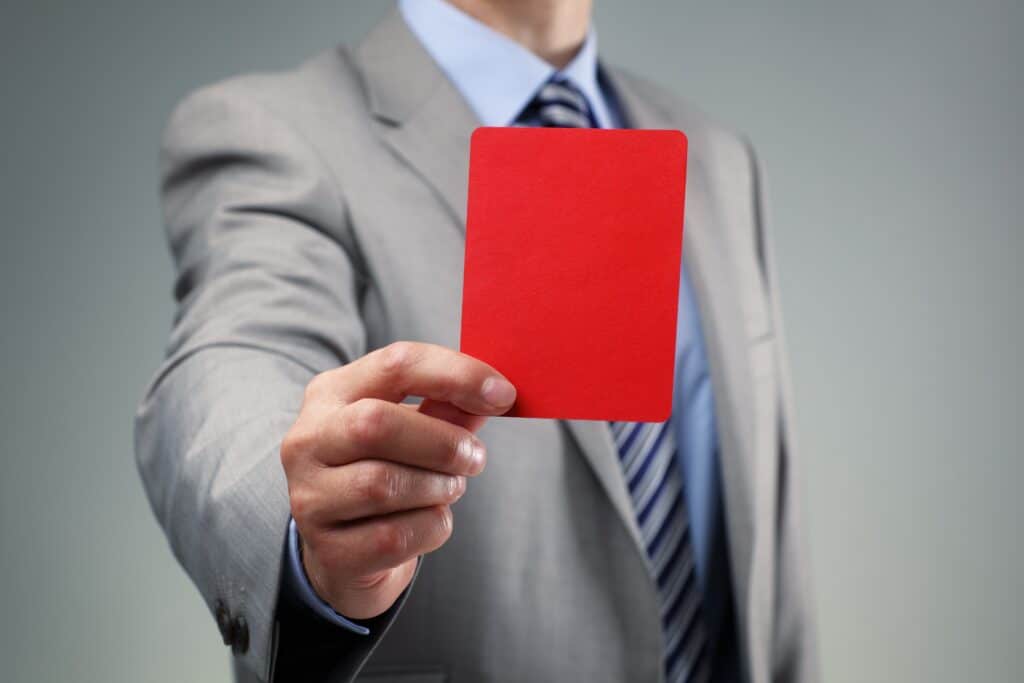
If you infringe on the intellectual property rights of others (other companies), you will face penalties.
Three Types of Penalties
There are three main types of penalties for intellectual property infringement.
Damages
The basic principle is to “pay the rights holder an amount equivalent to the licensing fee”.
Injunction
- If a product infringes on intellectual property rights → Stop production, sales, etc. of the product
- If a sales site infringes on intellectual property rights → Stop publishing the site
These are possible scenarios.
In case 1, it may be necessary to dispose of the product, and in case 2, you may lose your sales channels until you rebuild the site.
Criminal Liability
You may be held criminally liable in court. While damages alone can cause significant harm, injunctions and criminal liability can potentially be fatal for a company.
Injunctions Can Be Imposed Without “Intention” or “Negligence”
As a general rule, “penalties” are imposed only in cases of “intention” or “negligence”. However, in the case of intellectual property infringement, there are exceptions to this principle.
- Damages: Only if there is intention or negligence
- Injunction: Sales can be prohibited even without intention or negligence
- Criminal Liability: Only if there is intention
Even if there is no intention or negligence, and you were unknowingly infringing, you may be subject to an injunction and prohibited from selling. This is the most distinctive feature and the point that should be most carefully guarded against in the risk of intellectual property infringement.
How to Avoid Intellectual Property Infringement Risks
So, how can we avoid the risk of infringing on intellectual property rights?
Intellectual Property Rights and Registration
As we have explained in another article on our site, copyright is known as a non-formalistic system, meaning that it naturally arises without any procedures such as registration at the time of creation.
https://monolith.law/corporate/quote-text-and-images-without-infringing-copyright[ja]
On the other hand, intellectual property rights other than copyright require registration to be established. Industrial property rights such as patent rights, utility model rights, design rights, and trademark rights are under the jurisdiction of the Japanese Patent Office, while circuit layout rights are under the Ministry of Economy, Trade and Industry, and breeder’s rights are under the Ministry of Agriculture, Forestry and Fisheries.
Intellectual Property Infringement Risks and Trademark Rights
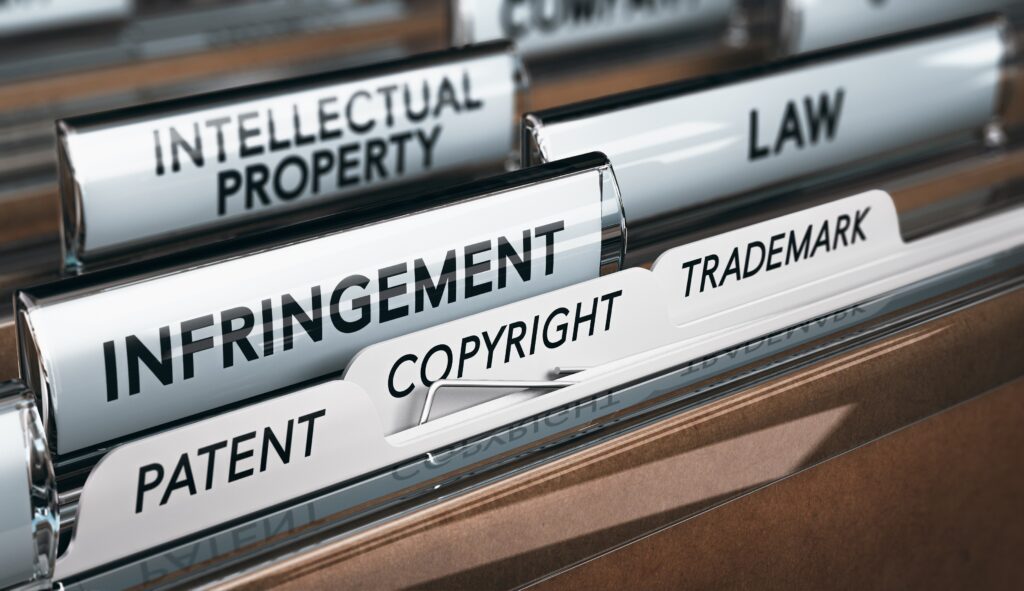
Let’s consider the risk of intellectual property infringement, using trademark rights that should be checked from the beginning of a business startup as an example.
A trademark is a badge attached to goods or services, a mark or sign used to distinguish and identify them from those of others (other companies). In today’s society, where goods are abundant, consumers consider trademarks as one of their choices when purchasing goods or using services. They trust that if it’s a product of this brand, it’s reliable, made of proper materials and carefully crafted, the price is reasonable, and the after-sales service is also trustworthy.
What is the Trademark System?
In modern society, the brand image of the products and services provided, including the image of the company itself, is very important. The trademark system aims to protect trademarks that serve as the face of the brand.
The most representative trademarks are product names, but the scope protected as trademark rights includes personalitys, figures, symbols, three-dimensional shapes, and combinations of these (combined trademarks). For example, Anpanman, Nike’s Swoosh mark, and Apple’s apple picture are trademarks, and Fujiya’s Peko-chan and Kentucky Fried Chicken’s Colonel Sanders are registered as three-dimensional trademarks.
Furthermore, from April 2015 (Heisei 27), it became possible to register trademarks that involve actions, hologram trademarks, trademarks represented only by colors, trademarks recognized by sound, and position trademarks. Trademarks of color only, such as the “orange, green, red” color pattern of Seven-Eleven, are recognized.
Rights Arising from Registration
Trademark rights, like patent rights, utility model rights, and design rights, do not become rights simply by creating them; you need to apply for and receive registration.
The fact that rights arise by registering means that intellectual property rights are basically “first come, first served”. Therefore, what you need to consider is, “Even though I (my company) definitely created it, is there someone else or another company that has already created something similar?” Therefore, it is necessary to search for people or companies who have already created something similar and have made it a right.
There are cases where products with similar naming or packaging, or even the same naming, are sold in an attempt to benefit from the big hit products developed and sold by famous companies. Trademark rights exist to protect the “trademarks” that symbolize the products and services that are the fruits of corporate efforts. Even if it was unknowingly, it is natural that such actions are not allowed.
This also means that if you (your company) obtain trademark rights, you can prohibit other competitors (other companies) from releasing products or services with the same or similar names. You should obtain trademark rights by the time your company’s products or services start selling, preferably at the time of release.
https://monolith.law/corporate/domain-trademark-company[ja]
Effects of Trademark Rights
Trademark rights arise by applying for and undergoing examination, but the effects obtained by trademark rights are:
- Against other companies nationwide,
- In the same or similar field (classification),
- Can prohibit the use of the same or similar name (emblem)
Thus, intellectual property rights give you powerful power. There is something similar to “trademark rights” called “trade name registration”, but “trade name registration” only has effect against companies in the same municipality. For example, even if you register the trade name “Monolith” as a cake shop, you cannot prohibit a cake shop with the same name from opening in the next city. If it is a trademark right, you can prohibit the use of the name “Monolith” for cake shops nationwide.
When releasing a product or service, check if the trademark right has already been obtained for that name and field (classification), and obtain it as soon as possible. The registration information of trademark rights can be searched on the “Patent Information Platform”.
If the Trademark is Already Registered
If the result of the investigation reveals that there is a company that already has rights, it will be an infringement of intellectual property rights as it is. You have to choose whether to give up or negotiate with the other party to conclude a license agreement. And if you have to conclude a license agreement, the sooner the better for your company.
For example, let’s think about the case where it was found that the product name was infringing on the trademark rights of another company, even though the company had already developed and advertised the product and lined up the product in the store. In this case, you need to recall and dispose of the product as it is. The financial damage is large, and the reputation will plummet. Even if it becomes expensive, you have no choice but to want to conclude a license agreement somehow. The other party also knows that, so there is a high possibility that they will present a high license fee confidently.
Summary
While we have used trademark rights as an example, intellectual property rights can be a powerful tool, but they can also pose a significant risk if infringed upon. If your company is infringing or potentially being infringed upon by another company, please consult with an experienced attorney as soon as possible.

